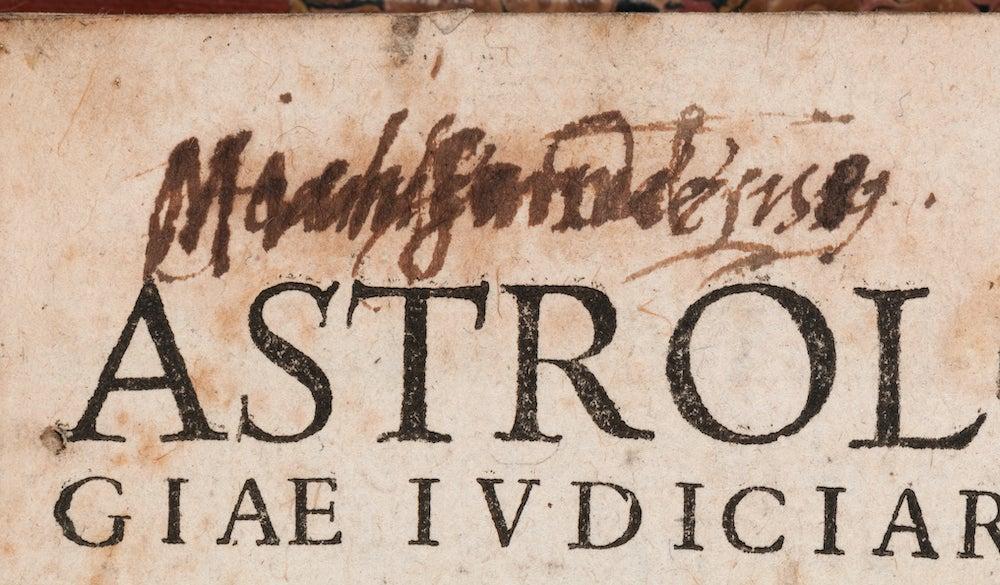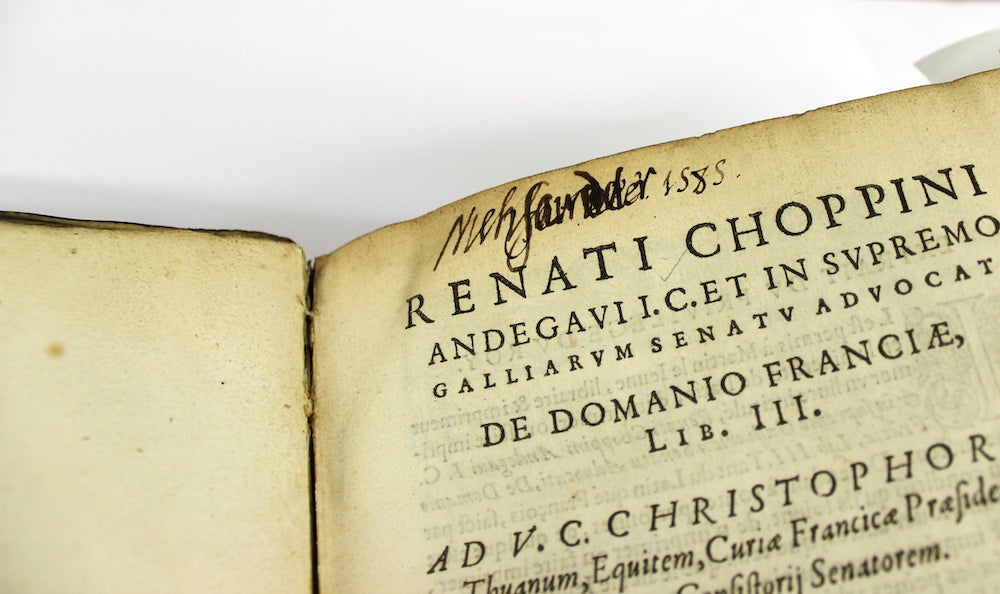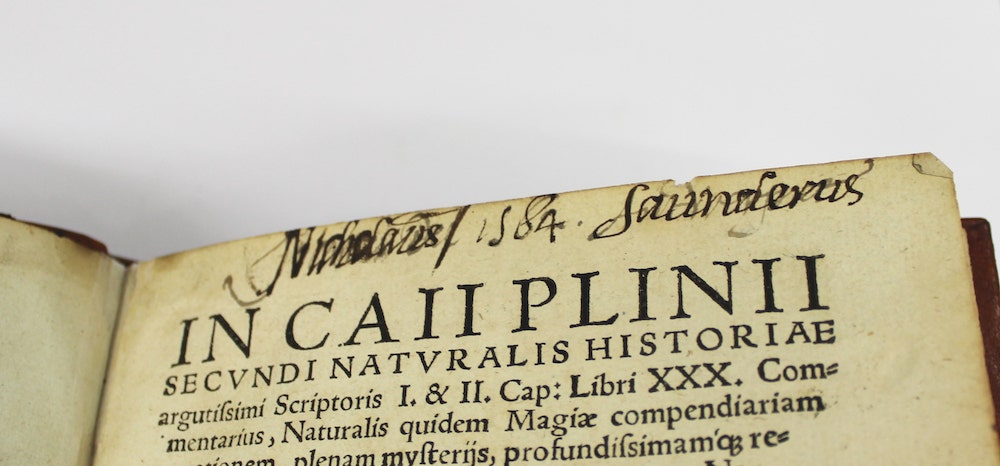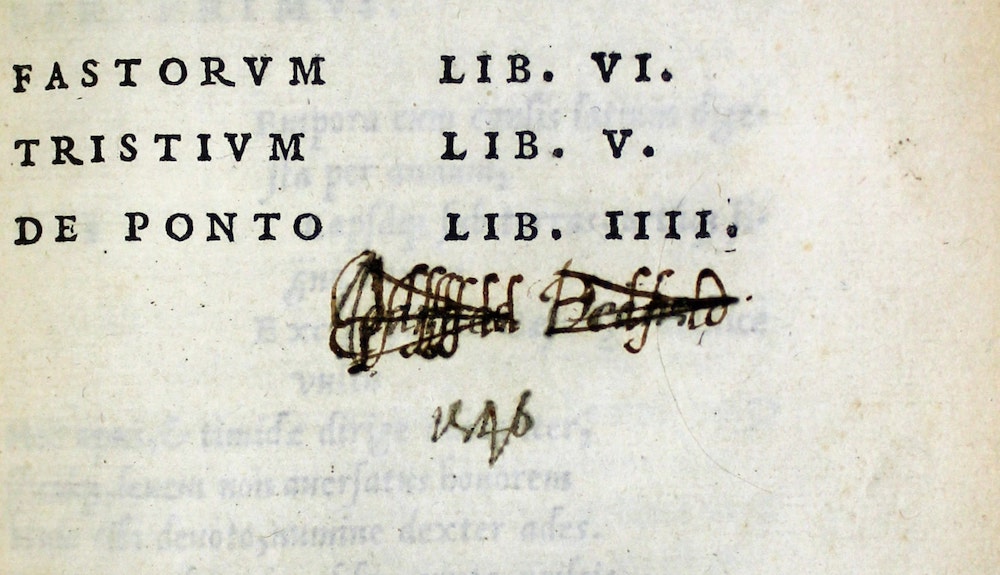The RCP library contains the largest known collection of books from the library of the Elizabethan polymath John Dee (1527–1609). These are being displayed for the first time in the current RCP exhibition, ‘Scholar, courtier, magician: the lost library of John Dee’.
John Dee amassed one of the greatest libraries in Tudor England. It might be surprising to learn that the largest surviving remnant of these is now at the Royal College of Physicians. While Dee travelled to Europe in the 1580s, he entrusted the care of his library and laboratories to his brother-in-law Nicholas Fromond. But according to Dee, Fromond ‘unduely sold it presently upon my departure, or caused it to be carried away’. Dee was devastated by the destruction of his library. He later recovered some items, but many remained lost.
We know that a large number of Dee’s books came into the possession of Nicholas Saunder. Little is known about Saunder, or whether he personally stole Dee’s books. He may have been a former pupil of Dee’s. Saunder must have known that his books once belonged to Dee, because he repeatedly tried to erase or overwrite Dee’s signature with his own. Saunder’s collections later passed to Henry Pierrepont, Marquess of Dorchester (1607–1680). Dorchester’s family presented his entire library to the Royal College of Physicians after his death.
Saunder’s attempts to conceal or to overwrite Dee’s ownership marks are often very clear to see. One example appears in the exhibition: on the title page of a book about astrology Saunder has done quite a good job of obliterating Dee’s earlier signature. A bit of photo manipulation makes this a little clearer: Dee originally wrote ‘Joannes Dee 1559’ and Saunder wrote ‘Nich Saundrs’ and changed the second ‘5’ in the date to an ‘8’, making it 1589.

There are several known examples of Saunder writing his name over the top of Dee’s signature. Saunder tended to use a different version of his name depending on the length of the original inscription he wanted to cover.


Sometimes Saunder didn’t leave his own name, he just did his best to obliterate Dee’s name using cross-hatching, s-shaped marks, or just plain scribble.

Saunder didn’t stop at writing his name over Dee’s. On several occasions he attempted to bleach or wash away Dee’s inscriptions. This leaves behind a blurry stain, in which you can often see the ghostly remnants of Dee’s name and a date.



Scribbling and bleaching are one thing, but there are even a few books in the collection that have part of their title pages missing. We cannot know what – if anything – was written on the missing pieces, nor can we be certain about the identity of the person who removed them. Annotations elsewhere in the books indicate that they were owned and used by John Dee, so it is quite possible that this is yet another act of vandalism by Nicholas Saunder.

Katie Birkwood, rare books and special collections librarian
See all of these books in ‘Scholar, courtier, magician: the lost library of John Dee’. The exhibition runs until Thursday 28 July 2016.
